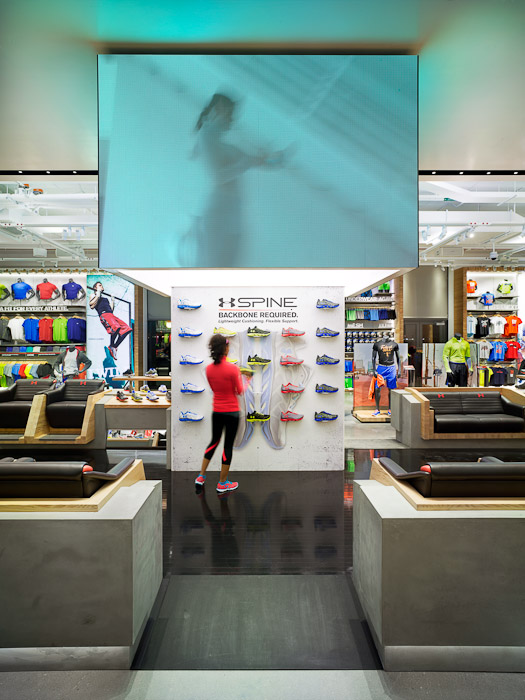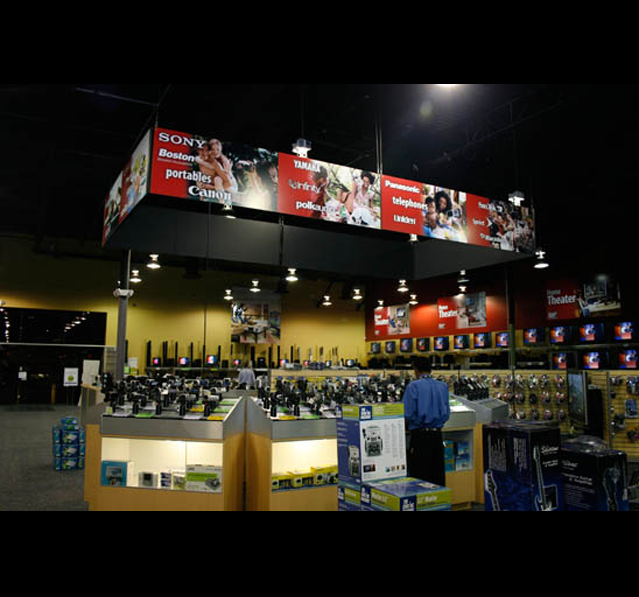- More than 263 million American consumers shop online – 80% of the population – and this number is projected to climb to 291.2 million by 2025.
- Millennials — people age 25 to 34 — are the largest group of online shoppers in the US comprising 20.2% of online shoppers. A close second demographic is 35-44-year-olds, who account for 17.2% of US digital buyers.
- In 2022, US ecommerce sales are projected to surpass $1 trillion. This is 17% growth from 2021, when sales were estimated at $933 billion. After 2022, ecommerce sales are estimated to grow by double digits.
- 54% of US consumers prefer to shop online rather than in person, jumping almost 10% from the previous year according to a December 2021 study on US consumer behavior.
- 75% of online buyers shop monthly while 20% shop weekly.
- 60% of consumers state their primary reason to shop online is direct delivery. While a hassle-free experience drives online shopping, most cite delivery as the catalyst for purchasing.
- Over half — 53% — said free delivery would increase their likelihood of purchasing.
- 3% of digital shoppers expect quick shipping – same day, next day, or 2-day.
- Only 4% of shoppers surveyed reported not caring about shipping costs at all.
- Concerning delivery, over 40% of online shoppers look first for free shipping on returns. With almost half the shoppers considering free returns of primary importance, retailers are aware of impulse buying. Less than 20% said the return policy didn’t matter at all.
- Amazon’s site traffic averaged 3.68 billion visitors per month in 2021, over triple the next most popular eBay. It is by far the most-visited retail site online. A few more interesting Amazon stats:
- About 50% of consumers go to Amazon weekly or more often.
- 89% of those surveyed in 2019 said they’d buy from Amazon over any other ecommerce vendor.
- 25% said they make purchases every few weeks, and 5% make almost daily purchases.
- 80% noted that they prefer Amazon because of the fast free shipping and easy returns.
- 70% listed Amazon’s enormous selection as their primary motivation for using it.
- 68% loyal customers choose Amazon because they are highly-incentivized Prime members.
- 63% of people use Amazon as a search engine before they purchase, according to a 2020 Wunderman Thompson study, whether they intend to buy online or in store, meaning that Amazon is quickly outranking other search engines.
- 61% of US shoppers mention making products easy to search and find an important factor in their internet shopping choices – a prominent search bar, autocomplete features when searching, categories/subcategories for searching, and related products listed next to searched products.
- 70% of consumers prefer to support local small businesses according to an Intuit survey. Shop local is only growing as people seek to keep money in their local communities, support local nonprofits and creators, and enjoy a more personal experience with customer service.
- Mobile shopping is projected to account for almost 75% of global ecommerce this year. Already reaching $359 billion in annual sales in America, it’s expected to double by 2025.
- Almost a third of consumers surveyed claimed they would prefer to pay using their smartphones for every purchase. Tied with credit cards as the most desired way to pay, digital wallet payments might pass up credit card payments in popularity this year.
- 60% of consumers say they would be more likely to buy from a brand if they enjoyed playing a game with it, according to data from Reflect Digital. We already know that emails get 74% more reception and interaction when they contain a gamification element. Gamification boosts engagement and encourages spending by means of promos and contests, spin-to-win games, and VIP and loyalty campaigns.
- 35% of US adults report purchasing via social media last year, and over 50% of those aged 18-35 have done so. Purchases via social media are becoming more common and, with an increase of 75% since 2020, the trend is growing strong.
- 31% of US consumers use social media to discover products, and 55% have purchased a product online after discovering it on social media (11% bought immediately, 44% eventually).
- Likewise, 70% are influenced by their friends’ social media posts and reviews
- Click and collect, or buy online and pick up in store (BOPIS), exceeded $58 billion in 2021, is gaining popularity with shoppers and is predicted to reach $74.24 billion in 2022.
- US ecommerce grew 33% in 2020 due to the impact of the pandemic on in-store shopping. (For comparison, it saw 15% growth in 2019.) Although the numbers are not all in from last year, ecommerce is on the rise and will continue to trend upward.
- Online grocery sales are expected to skyrocket to 20% by 2025. Although online grocery ordering was born 30 years ago with Peapod, by 2019 only 3.4% of all grocery orders were placed online. Enter Covid-19 and the anxiety around in-person shopping, and online grocers increased their sales to 10.2% in 2020.
And although these statistics might point to B&M stores becoming obsolete, nothing could be further from the truth. These last statistics for 2022 make clear that, despite technology and advancements online, in-store shopping is still the consumers’ choice and is going strong and remaining a constant staple.
- Half of consumers make their purchases in a physical store weekly, compared to just 27 percent of online shoppers, illustrating the popularity and overwhelming preference for in-person shopping.
-
80% research on their phones inside a physical store before purchasing in that store.
- Although almost 75% of B&M shoppers conduct an online search before they head to the store, in-store shopping is still their first choice. Consumers desire a seamless online to in-store buying experience. Nearly 70% of shoppers consider product availability, store proximity, wait times, reviews, and store hours before heading out to buy.
Photo by Anantachai Saothong








